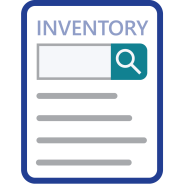
Choose from 5 options:

As part of our annual update to the Industrial Chemicals Categorisation Guidelines (Guidelines), we have compiled all the upcoming changes to the Guidelines in September 2026, including some proposals that are open for public comments.
This consultation covers the following topics:
We invite your comments on the proposed Guideline changes by 28 January 2026.